China, with its extensive coastline and a long history of maritime trade, is today one of the world’s dominant forces in the global maritime industry. This sector encompasses a wide range of activities, including shipping, shipbuilding, port operations, and maritime logistics. In this article, we will explore the key aspects of China’s maritime industry, its historical development, contemporary challenges, and its role in global trade.
Historical Background and Development
China’s maritime tradition dates back thousands of years, with significant trading activities along the Silk Road and the establishment of ancient maritime routes. However, the modern Chinese maritime industry began to evolve in the late 20th century, following the country’s economic reforms in the 1980s.
During this period, China invested heavily in its coastal infrastructure, recognizing the critical role of ports and shipping in supporting economic growth. By the late 1990s and early 2000s, the maritime industry became a central pillar of China’s rise as a global economic superpower.
Shipping Industry
China is a leader in the global shipping industry, handling a significant portion of the world’s maritime trade. Major shipping companies, such as China COSCO Shipping Corporation, are ranked among the largest in the world. In terms of fleet size, China commands one of the largest merchant fleets globally, encompassing bulk carriers, container ships, and oil tankers. Key shipping routes like the Asia-Europe and Asia-North America lanes are critical to China’s export-driven economy. As a result, Chinese shipping firms play a vital role in the movement of goods, particularly in sectors such as electronics, textiles, and heavy machinery.
China is home to several of the world’s largest shipping companies, with China COSCO Shipping Corporation being the most prominent. Formed through the merger of COSCO and China Shipping Group, this state-owned enterprise operates one of the world’s largest fleets, transporting bulk cargo, containers, and oil. Other major companies include:
- China Merchants Group, which operates in ports, shipping, and logistics.
- Sinotrans, a leading integrated logistics and freight forwarding company.
These companies play a vital role in maintaining China’s trade dominance and are pivotal in the Belt and Road Initiative (BRI), facilitating global trade connectivity.
Container Shipping: Container shipping is particularly significant, as China is the world’s largest exporter of goods. Ports like Shanghai, Ningbo-Zhoushan, and Shenzhen are consistently ranked among the busiest container ports globally. These ports are gateways to China’s vast industrial zones and facilitate trade with partners in Asia, Europe, and North America.
Maritime Education andSeafarers in China
China has made significant investments in maritime education to support its growing industry. Leading maritime universities, such as Dalian Maritime University and Shanghai Maritime University, offer a wide range of specialized programs, training the next generation of seafarers, maritime engineers, and logistics experts. These institutions provide both theoretical and practical training, ensuring graduates are well-prepared for roles in shipping, port management, and related industries. China is also active in international cooperation, participating in global initiatives to standardize maritime training, as outlined by the International Maritime Organization’s STCW (Standards of Training, Certification, and Watchkeeping for Seafarers) Convention. This ensures Chinese seafarers are qualified to work on ships worldwide.
China is one of the largest suppliers of seafarers globally, providing hundreds of thousands of crew members for vessels worldwide. Chinese seafarers are highly sought after for their skills, training, and professionalism. They work on a range of vessels, from cargo ships to oil tankers, contributing to both domestic and international maritime industries. The Chinese government continues to improve the living and working conditions for its seafarers, ensuring compliance with international labor standards, particularly the Maritime Labour Convention (MLC) of 2006.
Shipbuilding and Rig Development Industry
China is also a world leader in shipbuilding, a sector that has grown exponentially over the past few decades. Major Chinese shipyards, such as those in Shanghai, Dalian, and Guangzhou, are responsible for constructing a vast array of vessels, including bulk carriers, oil tankers, and ultra-large container ships. In recent years, China has shifted its focus toward building high-tech, environmentally friendly vessels, responding to the global demand for decarbonization. The shipbuilding industry is supported by state policies aimed at modernizing the sector and ensuring its competitive edge on the global stage.
China’s shipbuilding industry is the largest in the world, accounting for around 40% of global ship production. Chinese shipyards, like China State Shipbuilding Corporation (CSSC) and China Shipbuilding Industry Corporation (CSIC), are among the world’s most productive, producing everything from container ships and oil tankers to advanced LNG carriers and naval vessels. The industry has modernized rapidly, with Chinese shipbuilders focusing on energy-efficient and environmentally friendly ships to meet global standards. In addition to commercial ships, Chinese shipyards also build vessels for the Chinese navy, demonstrating their technological capabilities.
Green Shipping : China’s commitment to sustainable development is evident in its push toward green shipping. The country has become a pioneer in the development of liquefied natural gas (LNG) carriers and ships powered by alternative fuels. Chinese shipyards are also working on battery-powered vessels and vessels with advanced energy-efficient technologies.
China’s offshore oil and gas exploration has expanded significantly in recent years, driven by the need for energy independence. State-owned enterprises like China National Offshore Oil Corporation (CNOOC) have developed numerous oil rigs and platforms in the South China Sea and other regions. These platforms are part of China’s strategy to exploit offshore oil and gas reserves to reduce its reliance on foreign energy. The development of advanced deepwater rigs and floating production storage and offloading (FPSO) units showcases China’s growing expertise in offshore energy production.
Port Infrastructure
China’s port infrastructure is unparalleled in scale and sophistication. The country has heavily invested in developing state-of-the-art port facilities, with 7 of the top 10 busiest ports in the world located in China. Ports like Shanghai and Ningbo-Zhoushan handle hundreds of millions of tons of cargo annually, making them pivotal hubs in global trade. China’s port development strategy is closely linked to its Belt and Road Initiative (BRI), which seeks to enhance connectivity between Asia, Europe, and Africa. Chinese port operators have extended their influence globally, acquiring stakes in foreign ports such as the Port of Piraeus in Greece and Gwadar Port in Pakistan.
Automation and Technological Advancements: Chinese ports are at the forefront of technological innovation, with increasing levels of automation and digitalization. Ports such as Qingdao and Shanghai are implementing fully automated terminals, reducing operational costs and improving efficiency. The adoption of technologies such as artificial intelligence, big data analytics, and blockchain further enhances China’s capacity to streamline its port operations.
Maritime Governance and Global Trade
China has developed a comprehensive legal framework governing its maritime industry. The China Maritime Code (1993) and other regulations ensure the smooth functioning of the industry and align Chinese maritime practices with international standards, particularly in areas such as ship registration, safety, and pollution control. China is a member of the International Maritime Organization (IMO), actively participating in global efforts to enhance maritime safety and environmental protection. In recent years, China has strengthened its regulatory framework to comply with IMO’s global emissions regulations, particularly the 2020 Sulphur Cap.
China’s maritime industry is inextricably linked to global trade. The country is the world’s largest exporter and a major importer of raw materials like oil, iron ore, and coal. The maritime sector, therefore, plays a critical role in ensuring the smooth flow of these goods to and from international markets.
Belt and Road Initiative: The Belt and Road Initiative (BRI) is central to China’s maritime ambitions. The initiative aims to revive ancient maritime routes, enhance infrastructure connectivity, and foster economic cooperation between participating countries. The “Maritime Silk Road,” a key component of the BRI, has seen China invest in port infrastructure and maritime logistics in countries along the Indian Ocean, Mediterranean Sea, and beyond.
Challenges and Future Outlook
Despite its successes, China’s maritime industry faces several challenges. Geopolitical tensions, trade disputes, and shifts in global supply chains have created uncertainty for the sector. Additionally, China’s reliance on foreign markets for exports makes its maritime industry vulnerable to economic fluctuations in other regions.
Environmental Challenges :Another significant challenge is the environmental impact of shipping. China is grappling with the need to balance economic growth with environmental sustainability. While the country has made strides in adopting green technologies, the shipping industry remains a major contributor to carbon emissions.
Technological Disruption: Technological disruption is also reshaping the industry. The advent of autonomous ships, blockchain in maritime logistics, and the increasing use of artificial intelligence pose both opportunities and challenges for China. While these innovations can improve efficiency, they also require significant investments in infrastructure, training, and regulatory frameworks.
China’s maritime industry is a cornerstone of its global economic influence, encompassing world-leading shipping, shipbuilding, and port operations. The country’s investments in infrastructure, technological innovation, and sustainability reflect its ambition to remain at the forefront of the global maritime sector. However, the future of China’s maritime industry will depend on its ability to navigate challenges such as environmental sustainability, technological disruption, and geopolitical tensions. As global trade patterns evolve, China’s maritime sector will continue to play a pivotal role in shaping the future of international shipping and global commerce.

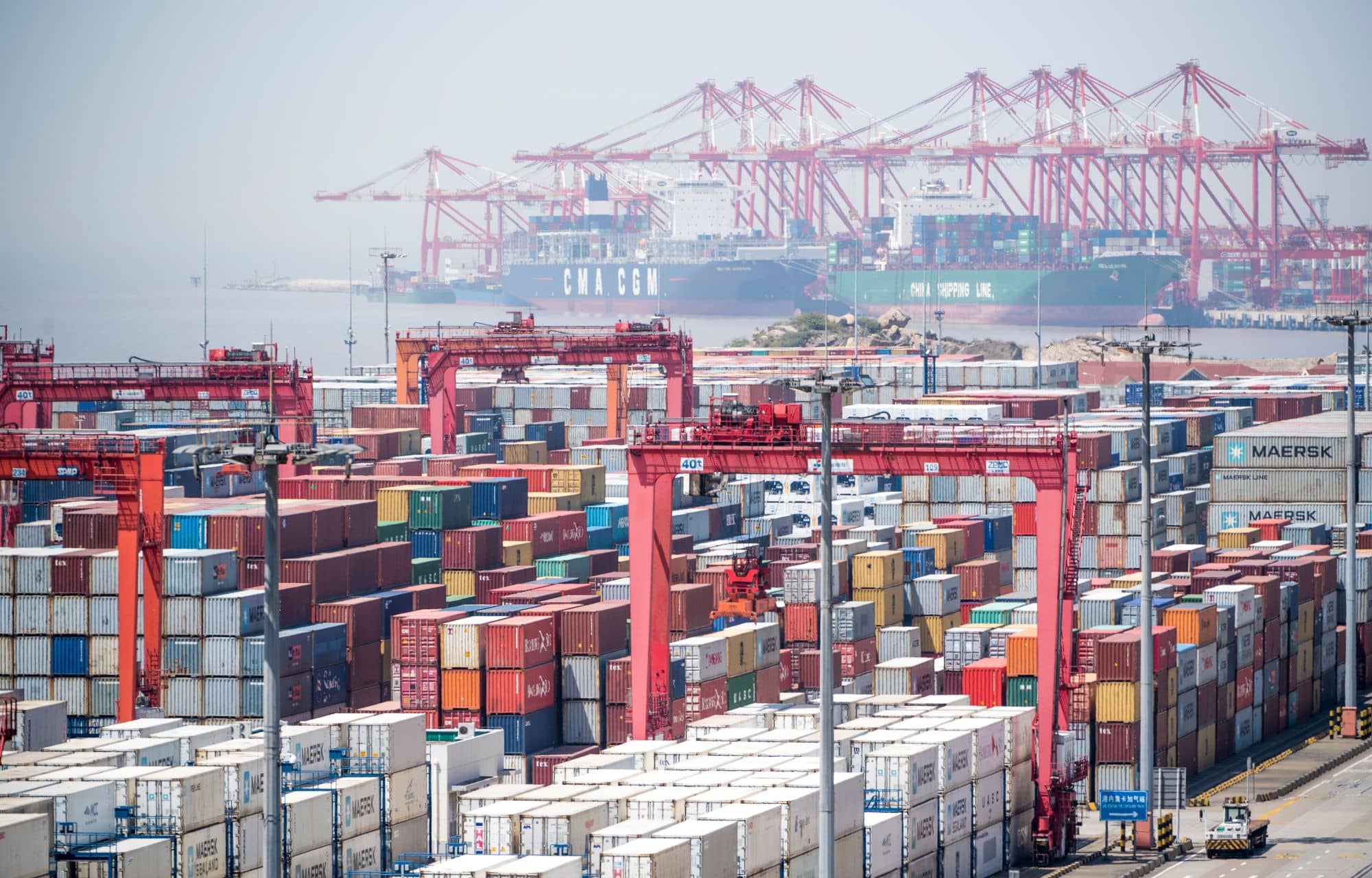
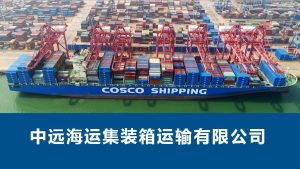
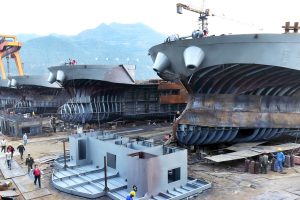
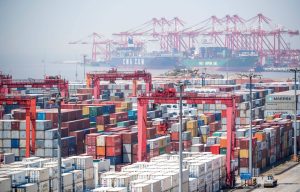
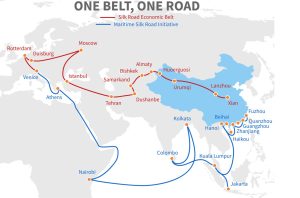
Hi, good job. Thank you.